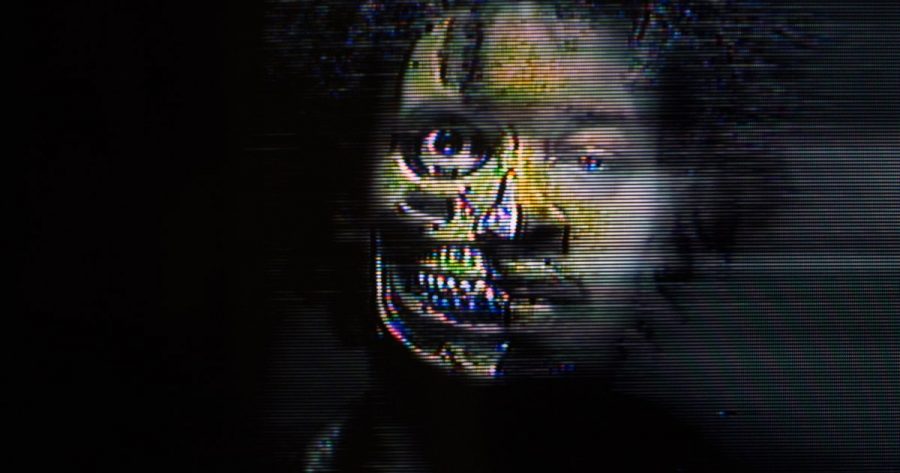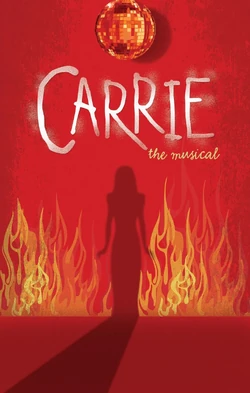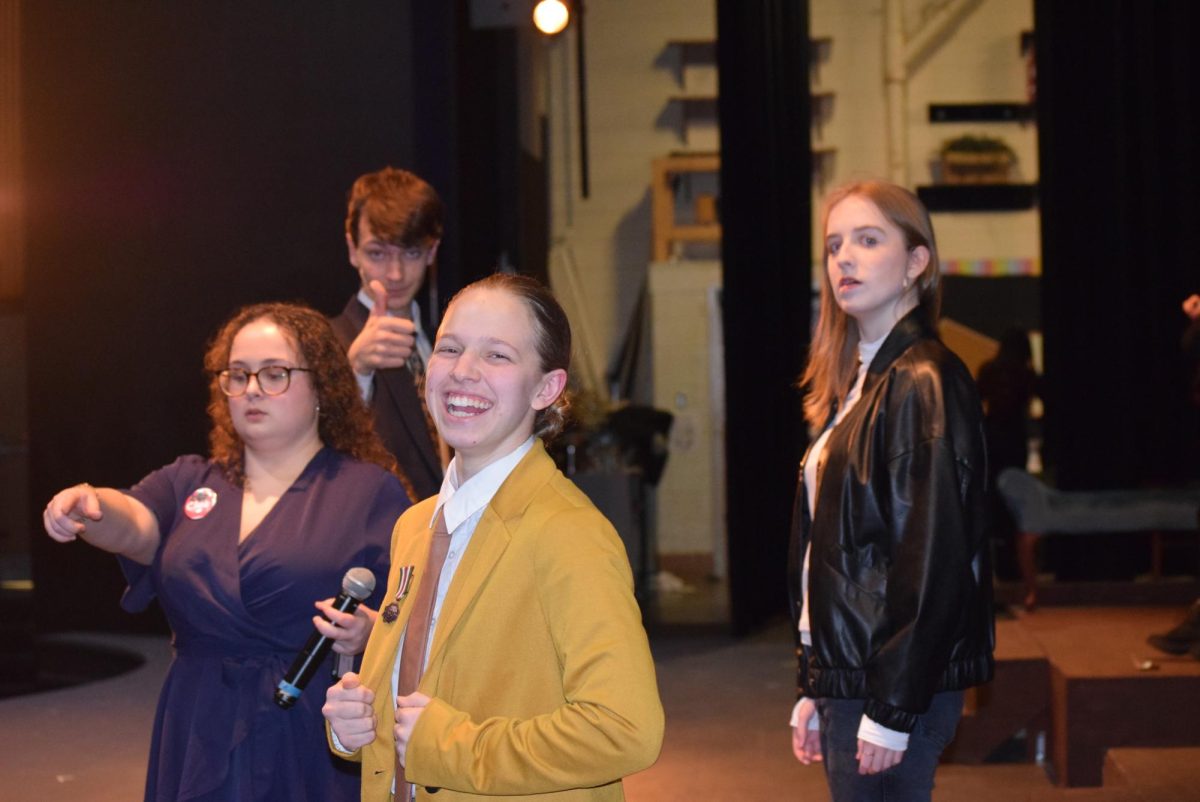Experimental Hip-Hop artist, Danny Brown, was born and raised in Detroit, Michigan, on the rougher side of town. Brown’s influences range from other Detroit rappers like Eminem to Joy Division. He released his first studio album, Hybrid, in 2010, helping propel Brown into a spot on record label, Fool’s Gold. In 2011, he released his 2nd album, XXX, which utilized an electronic and rock infused album highlighted with Brown’s trademark high pitched delivery. The album received much praise, landing itself onto many music websites best hip-hop albums of that year. After some more time at Fool’s Gold, Brown released Old, coming out at number 17 on the Billboard 200 list, cementing him as one of the most prevalent names in today’s music.
Now, after leaving Fool’s Gold Records for Warp Records, Danny Brown returns with his fourth project, Atrocity Exhibition. Atrocity Exhibition ignores Danny’s last album, Old, and chooses to elaborate on the dark, experimental themes in XXX. Atrocity Exhibitions left of the field approach makes it a sonic art exhibition for Brown’s difficult life.
The album covers all of the bases for out of the box thinking in terms of mainstream music, containing influences ranging from post punk to heavy, colorful electronic music. The album’s opening track, Downward Spiral, tells of Brown’s dangerous life as an inescapable downward spiral that leads deeper and deeper into his damaged psyche. A dreary guitar follows his cries for help and synchronizes with them, as the song fades off into a dead silence.
Perhaps the most anticipated song off the album, Really Doe, uses a looped jingle, backed by a deep bass that sets the stage for this multifaceted track. The features on Really Doe consist of Ab-Soul utilizing his lyrical abilities to thread together a complex wordplay that leaves the listener’s head spinning. Then, Kendrick Lamar’s chorus and verse have his nasally voice, topped with a complex rhyme scheme that would leave some of literature’s best poets impressed. Finally, Earl Sweatshirt hones in on his in your face approach to deliver a barrage of skillful verses. From the Ground can only be described as a short moment of silence in this otherwise chaotic album. The song utilizes Brown’s rarely used, quiet voice to weave a story of him coming up from nothing. An unlikely feature, Kelela, delivers a very sweet, soulful chorus that speaks to all those who doubted him. She asks them to look at Brown and the success he created from nothing. Brown has always been unique and never fit the status quo for the typical hip-hop artist. He was the last one anyone expected to reach the level of stardom he came to reach.
The album deals with many different messages, but two impactful tracks use one common metaphor, water. Dance In the Water speaks on how one can’t dance in water and expect to stay dry. This translates to Brown’s theme of breaking rules without repercussions. When It Rain builds on the water theme by referencing the old saying, when it rains, it pours. Brown wants the audience to know if they start acting recklessly, they may not see the repercussions immediately, but the repercussions will eventually come in droves. Backing Brown’s warnings is quite possibly the most insane instrumental ever placed on a hip-hop album in the recent past, using a bell and strange electronic keyboard sounds backed with noisy percussion.
Atrocity Exhibition is a masterpiece that serves as a cautionary tale, rather than glorifying reckless and self-destructive behaviors. Unfortunately, the album may prove unsuccessful commercially for its extremely experimental nature, placing it a little ahead of its time. In conclusion, the album is insane, and no one can turn away from it. Overall, I would give the album a strong 8/10.






